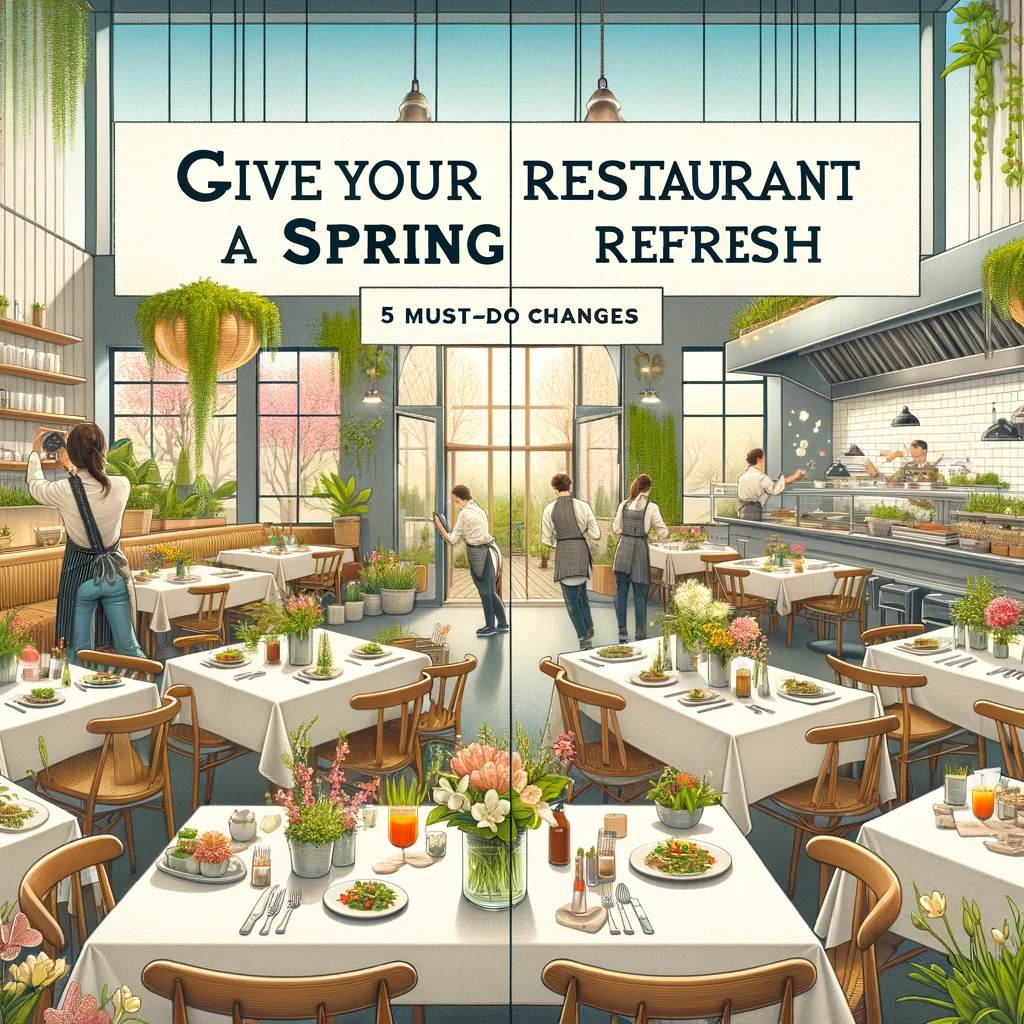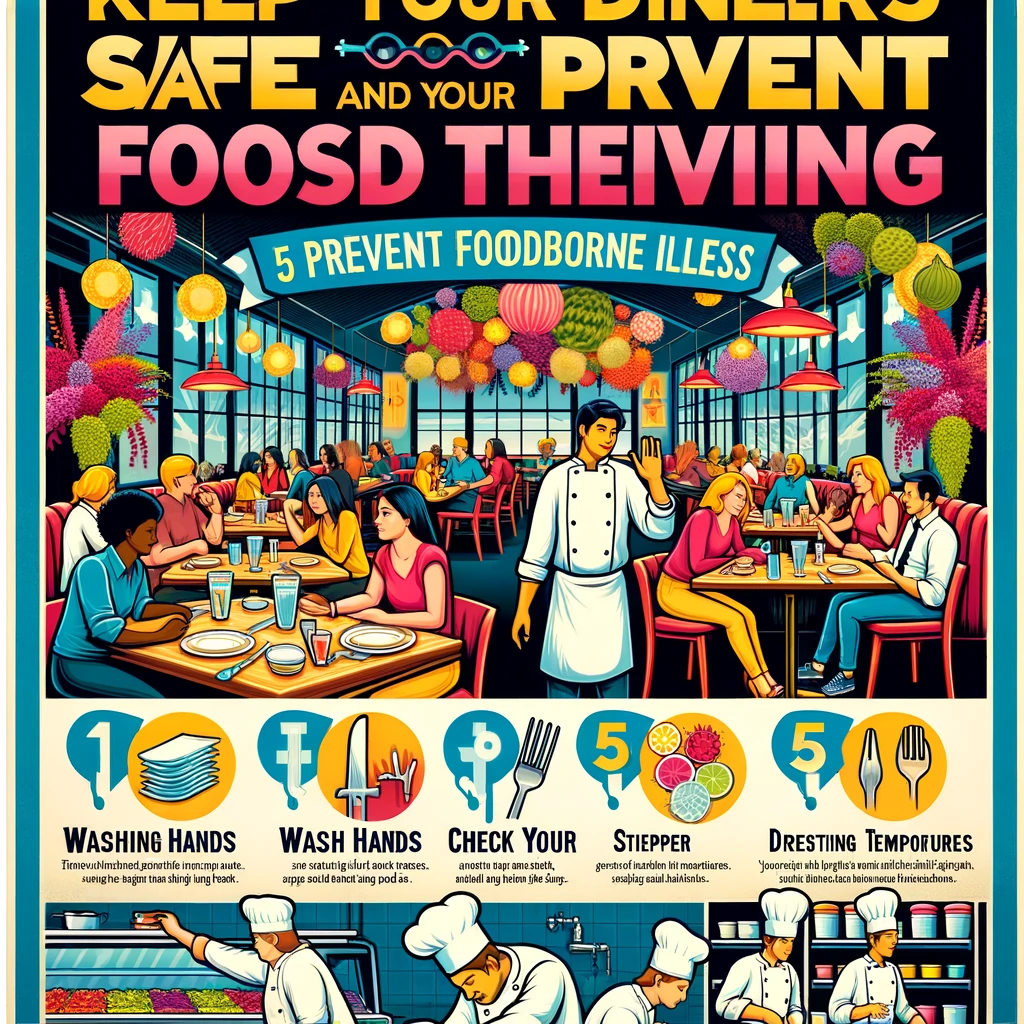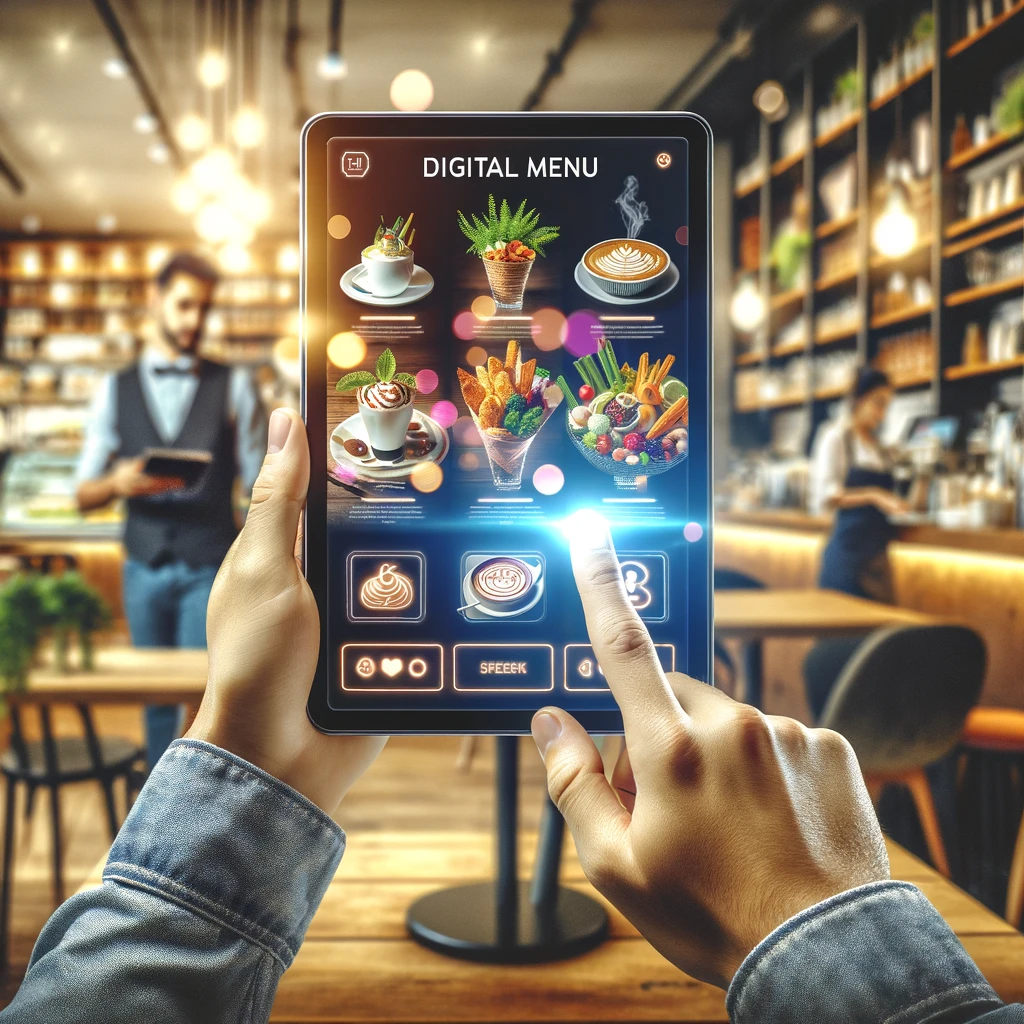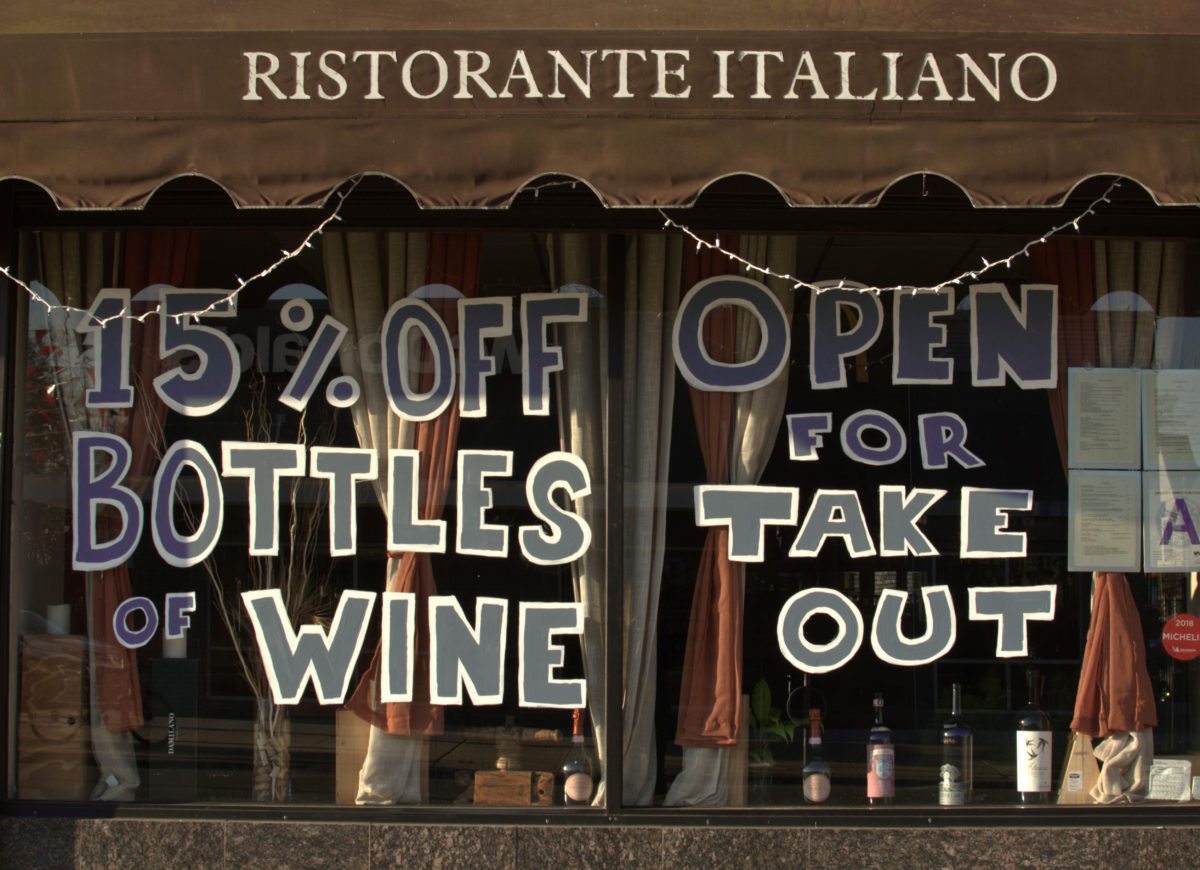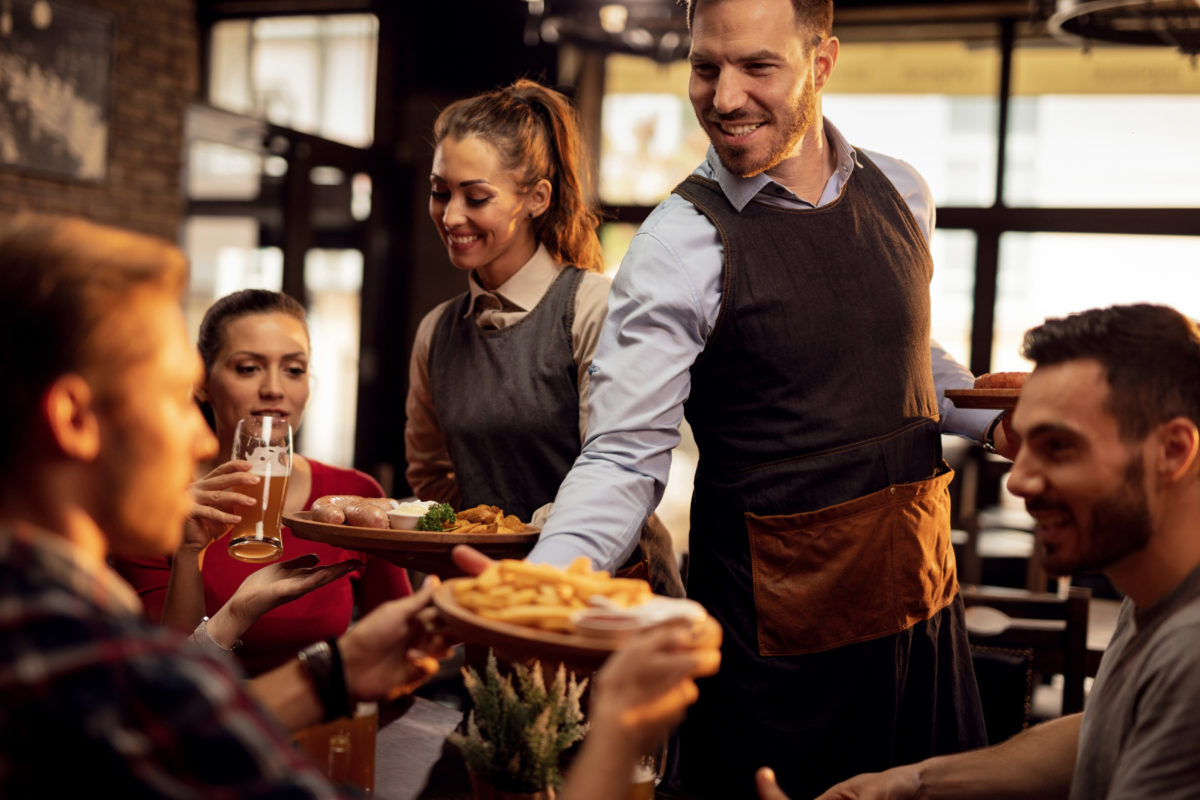Your Guide to Reopening a Restaurant After the COVID-19 Pandemic
The country is reopening, the world is reopening, and we seem to constantly push towards some form of normality with each day that passes. It has been a difficult time for the hospitality industry, but now we enter recovery mode. With social distancing, both indoors and outdoors, restaurants are starting to welcome back their loyal customers.
Can I Reopen My Restaurant?
In truth, this is impossible for us to answer because it all depends on your location. Earlier in the pandemic, California and New York had the strictest rules and they were joined by Washington, Oregon, and others. As time goes on, guidelines are changing depending on the threat of coronavirus in different regions. To follow the guidelines and prevent mistakes, we recommend paying attention to the rules in YOUR area.
If you’re allowed to reopen, this is great news. If not, your day will come eventually. Either way, we’ve compiled a useful guide to make the reopening process as seamless as possible.
Step 1 – Keep the Delivery Option
First and foremost, restaurants reopening doesn’t mean that every customer will suddenly come running through the door. People are accustomed to deliveries and no-contact collections, so keep this option available. As well as catering to those who are nervous, keeping this as an option will also make it easier should we experience a second wave of the virus.
With the pandemic lasting most of 2020 so far, it’s fair to say that ordering takeout and delivery has become somewhat of a habit. Even if some customers aren’t nervous about the virus, online ordering has still become a habit. By removing delivery as soon as the restaurant opens, you’re limiting earning opportunities.
You could also get creative by offering meals in bulk; you get more money, save on packaging, and save the customers from having to risk contact for another few days.
Step 2 – Communicate
For many restaurants, the concern has been that customers will forget the brand name, and this is where effective communication comes in. Even if you can’t yet open, you can still communicate. For example, a social media presence will go a long way in the current climate. As well as posting updates and news, you can share recipes, video tutorials of cooking skills, and other high-quality content. How can customers forget your name when you’re teaching them how to be better cooks?
If you don’t already, try to build an email subscriber list because this is a simple way to offer great content. Using a combination of email lists and social media, you can inform of social distancing protocols, ordering and delivering, changes to the menu, and more. The restaurant may be closed, but the service and experience never stop.
Step 3 – Push Gift Cards
If you’re encountering some cash flow problems, gift cards are a great way to get an advance on sales. Essentially, you get the cash now without having to give anything back until restaurants are open and the recipient chooses to use their gift card. To generate interest, we recommend looking back on previous promotions and seeing which were the most popular. Can you reciprocate this offer now with gift cards? Then, reach out to as many people as you can in your emailing list and on social media.
According to some statistics, 20% of people who receive gift cards don’t actually use them. Therefore, an average of one in every five you sell will be kept as profit anyway.
Step 4 – Take Your Time
If the state is allowing your restaurant to reopen, this is exciting news – it brings images of a full dining room and happy customers once again. Yet, we’re in very different times now. Even if you reveal the exciting news that you’re open again, you shouldn’t expect the busy schedule you had before the pandemic. Even after the state allows establishments to reopen, we’re seeing a good percentage choosing to remain closed. Meanwhile, others are opening shorter hours and testing the market.
One of the worst things you can do is open the doors without really thinking about how the experience will work for consumers. Instead, take your time and consider no-contact pick-up systems, order-ahead systems to limit contact once the guests are seated, and mobile ordering. The more you accommodate the customer and address their concerns, the more willing they will be to visit your restaurant again.
Step 5 – Review the Menu (and Your Profits)
At the moment, business is probably slow. Rather than twiddling the thumbs until it picks up, review certain aspects of the business. For instance, can you renovate the menu and manage stock costs more effectively? Can you switch suppliers and cut down the delivery times (and therefore the freshness of the ingredients for customers)?
If you have a modern POS system, make use of the analytics it provides. After learning the most popular dishes, think about the cost of these dishes. Perhaps there’s a dish that’s expensive to make yet not all that popular on the menu? If there’s a dish that’s cheap and popular, see if you can introduce a variation of this dish to entice people back to the restaurant.
When speaking to the head chef, they may be reluctant to make changes because each recipe is like another child to them. However, now is the time to cut down on inefficiencies and only keep dishes that are contributing to the business.
Now is also the time to look at the profit and loss statement to understand any inefficiencies that may exist within the business. If necessary, strip everything back to its core and start again. When the restaurant is busy each night, we need to make decisions on the fly. At the moment, we have an opportunity to really assess everything and pull it all back into an efficient zone. Get into good habits now and you’ll find it easier to check KPIs (key performance indicators) regularly when the business is back open.
Step 6 – Improve Recruitment and Training
Remember before the pandemic when businesses couldn’t find the right talent? Well, we’re now in a position where millions of people are looking for work. If you don’t update recruitment methods now, you may just miss your chance to get talented workers. Take advantage of the current market and hire the talent that’s currently available; with the right recruitment, you should reduce staff turnover and the cost this generates for the business.
In addition to recruitment, you should also improve the efficiency and effectiveness of your onboarding process. Hiring the best talent is only the first step; it needs to be followed by high-quality training methods and materials. While you have the time, perhaps you can make training more engaging with videos and audios rather than having all new employees reading from the same old boring booklet.
Make the business more personable and record some training videos; we guarantee that training will be more fun, and you’ll become a company for which people actually want to work. As well as videos, don’t be afraid to start hiring before the restaurant is actually open. There are many benefits to doing this:
- The new employee has time to learn the business and the menu without the stress of customers
- You can spend time with the employee and actually show them the ropes rather than relying on them picking it up over time
- They should be ready to hit the ground running as soon as you open again
If you produce videos, the advantage is that you can upload them as private videos on YouTube. Then, every time somebody joins, just send the link. You only need to make the investment once.
Step 7 – Boost Your Digital Marketing
Earlier, we mentioned the importance of communicating with customers, and this should be part of a wider digital marketing strategy. If you have some free time, create content in advance so you don’t have to worry about it as much once open again. Generate videos and announcements with free programs like Adobe Spark and Canva. Make sure your website is easy to navigate, the pages load quickly, and create tailored landing pages for ad campaigns. If you don’t yet invest in paid ads, this is a great way to get exposure at a time where you need it most.
Step 8 – Get Accustomed to a New ‘Normal’
Don’t forget, we’re in a new world and things might not return to the ‘normal’ you remember from the beginning of 2020. Embrace the new normal because some customers might request a delivery or no-contact collection for the next months or years. In our opinion, those that thrive in the future will be the ones that adapted and accepted the new world. Be flexible, follow our advice, and you should reopen the restaurant successfully both for the short-term and the long-term health of the business!










